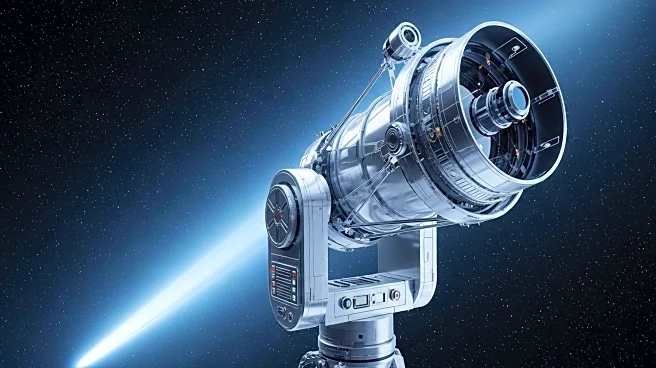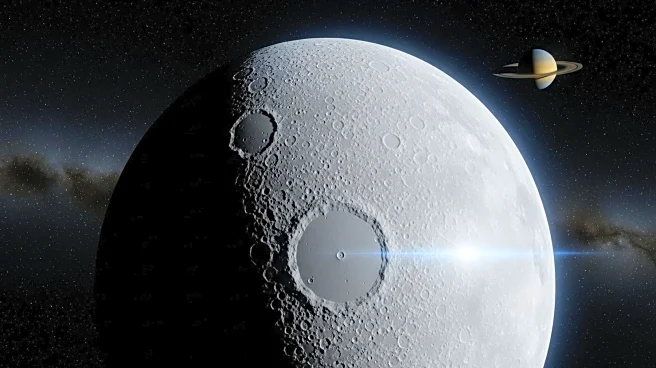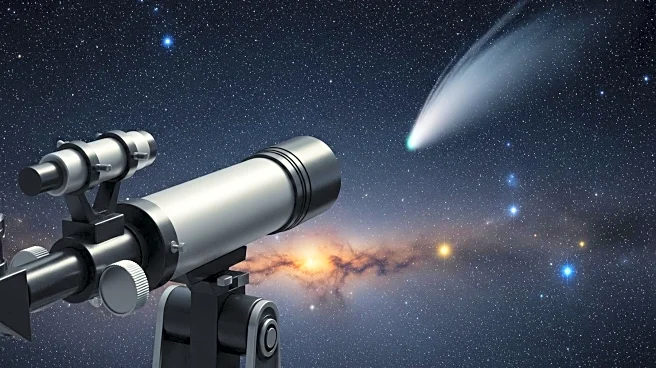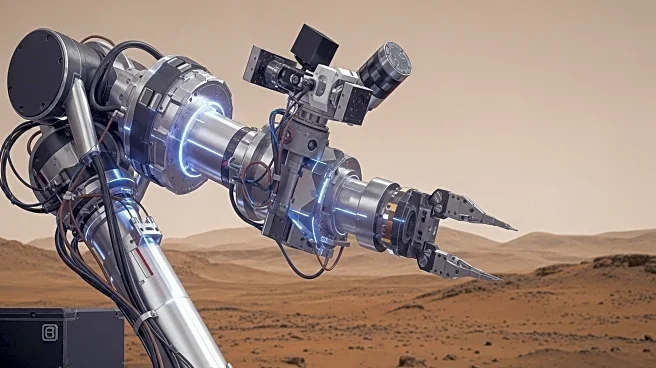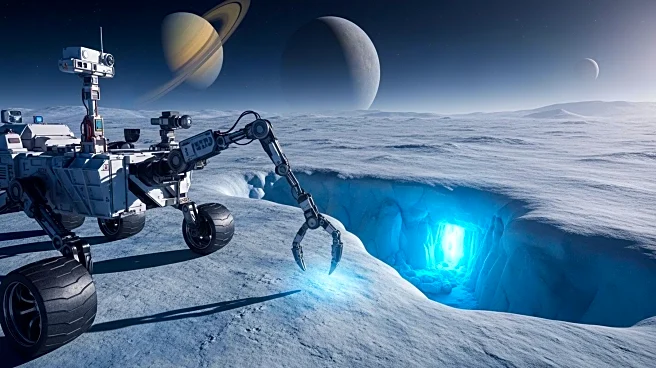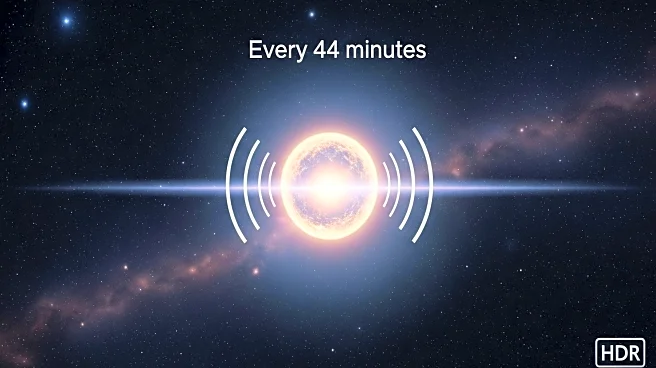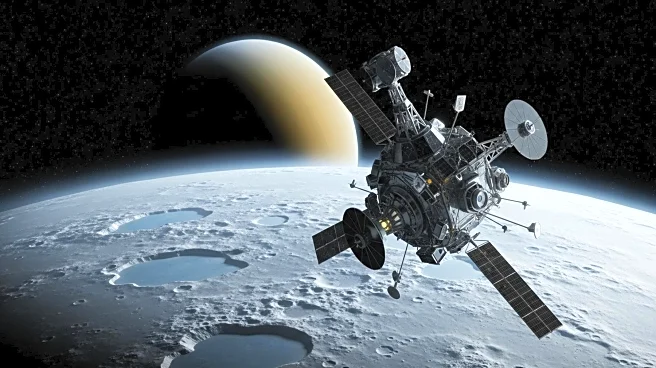What's Happening?
NASA's Neil Gehrels Swift Observatory has detected hydroxyl emissions from the interstellar comet 3I/ATLAS, indicating the presence of water on its surface. This discovery was made by researchers at Auburn University, who used the space telescope to bypass atmospheric interference that blocks UV wavelengths on Earth. The comet, only the third interstellar object detected, is releasing water at a rate comparable to a fire hydrant, even at a distance where sublimation of ice is unexpected. This suggests a complex structure, possibly involving small ice fragments detaching and vaporizing, forming a gaseous cloud around the comet.
Why It's Important?
The detection of water on 3I/ATLAS provides valuable data for studying interstellar comets and their characteristics. It suggests that the ingredients for life's chemistry are not unique to our solar system, offering insights into planetary systems beyond our own. Understanding the behavior of interstellar comets can enhance our knowledge of cometary processes and the formation of celestial bodies in other star systems. This discovery contributes to the broader field of astrobiology and the search for life-supporting conditions in the universe.
What's Next?
Further studies on 3I/ATLAS will focus on its unique characteristics and the implications for cometary science. Researchers may investigate the comet's structure and composition, comparing it to known solar system comets. This could lead to new models for understanding interstellar cometary behavior and the processes involved in their formation. The findings may also influence future missions and observations aimed at exploring interstellar objects and their potential for harboring life-supporting elements.
